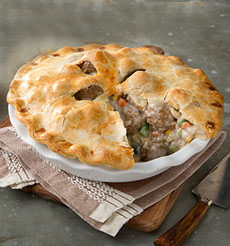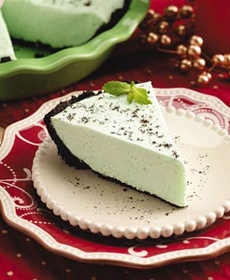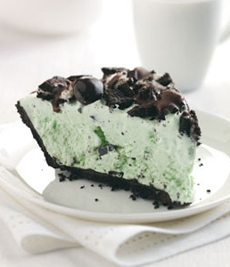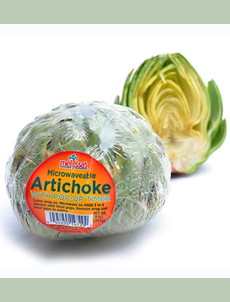|
WHAT’S A CHERIMOYA?
When our colleague Hannah Kaminsky mentioned that cherimoya was her favorite fruit, we were curious.
Depending on where you live, you may not come across this heart-shaped subtropical fruit often.
We had to head to a Latin American supermarket uptown. But seek it out we did, and the trip was worth it.
The fruit’s blend of banana, mango, passionfruit and pineapple notes is luscious. The ivory-colored flesh is creamy, similar to a ripe peach.
Also called a custard apple in the U.S., cherimoya is believed to have originated in the Andes Mountains.
The name originates from the Quechua (Inca) word chirimuya, meaning “cold seeds” (because the seeds germinate at high altitudes). It grows as a shrub or tree.
HOW TO BUY & SERVE CHERIMOYA
The pale green, shingled skin must be handled with care to avoid bruising. Choose unblemished fruit that is firm and allow it to ripen at room temperature.
As it ripens, the skin will turn a darker green and will yield to gentle pressure. Refrigerate soft fruit and consume it as soon as possible for the best flavor.
To serve, chill the cherimoya, cut it in half, spoon out the seeds and eat the flesh with a spoon. It can also be turned into desserts, such as crêpes, custard (hence the name “custard apple)”, dessert sauce (purée), fruit salad (as with apples, dip cut fruit in lemon or orange juice to prevent darkening), mousse, pie filling, pudding and sorbet.
|
|

[1] A cherimoya. Now you know! (photo © specialty produce company Sid Wainer).

[2] Another perspective (photo © specialty produce company Baldor Food).
|
|
You can freeze the cherimoya and eat it as ice cream, from the shell. Definitely try this!
And you can drink it. Whip up a shake, smoothie, cherimoya Daiquiri or other fruity cocktail.
To usher in spring, which began today, make Hannah Kaminsky’s tropical cocktail or smoothie, Cherimoya Lava Flow.
|










